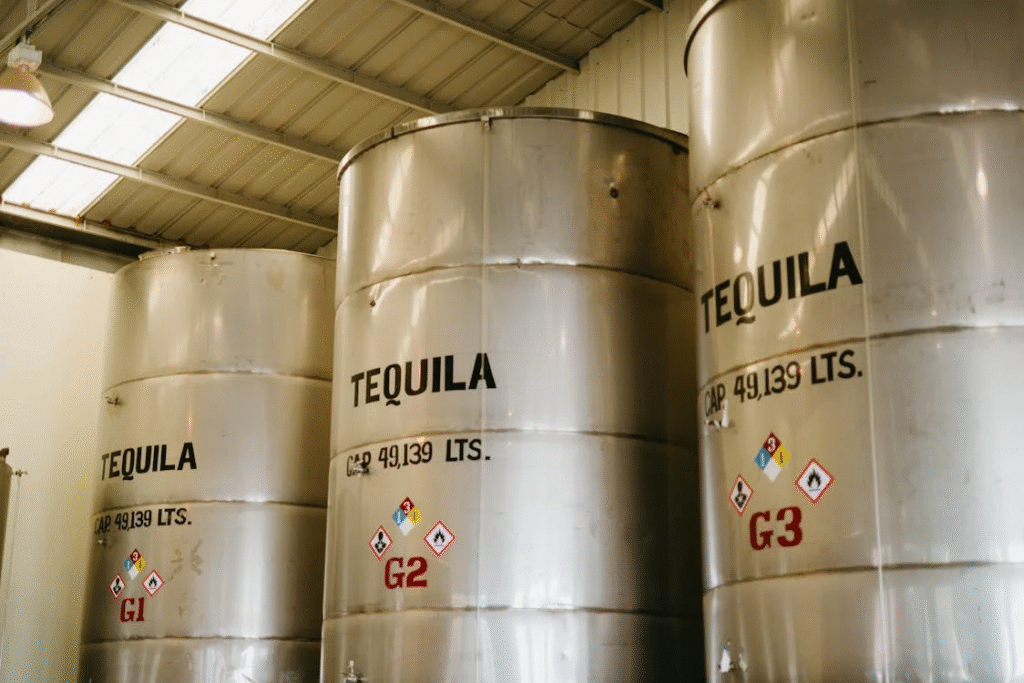Water and chemical storage tanks play a crucial role in many industries, from agriculture to manufacturing. Selecting the right tank can significantly impact the efficiency of operations and the safety of handling potentially hazardous materials.
The variety of options available can be overwhelming. Understanding the specific requirements for your application is key to making the best choice possible. This guide will help clarify how to approach the selection of these essential containers.
Understanding Your Storage Needs
Determining the right tank begins with a clear assessment of your storage needs. Factors such as the type of liquid, volume requirement, and the environment in which the tank will operate must be considered. Water storage typically requires different materials and designs compared to chemical storage. Tanks used for water can generally be constructed of plastic or fiberglass.
These materials can withstand various water conditions, such as temperature fluctuations. On the other hand, when dealing with chemicals, your water and chemical tanks should be made from materials resistant to corrosion and chemical reactions, such as polyethylene or stainless steel. Each material has its benefits and limitations; thus, careful consideration of the stored liquid’s characteristics is essential.
Environmental regulations may influence your material choice, especially for hazardous liquids. Anticipating future expansion or changes in storage requirements can help avoid the need for costly upgrades later. Consulting with a storage expert can further ensure the tank you choose meets both immediate and long-term operational goals.
Deep Dive On Material Options
Storage tanks are made from various materials, each designed to meet specific requirements related to durability, safety, and cost. Choosing the right material impacts both the upfront investment and ongoing maintenance.
- Polyethylene Tanks: Lightweight and UV-resistant, these tanks are easy to transport and are ideal for water storage. However, their chemical compatibility is limited.
- Fiberglass Tanks: Strong and corrosion-resistant, fiberglass tanks are suitable for storing chemicals. They offer durability but tend to come with a higher price tag.
- Steel Tanks: Extremely sturdy and capable of holding large volumes, steel tanks are often used in industrial settings. Proper corrosion protection is essential, especially when storing chemicals.
- Concrete Tanks: Commonly used for municipal water storage, concrete tanks are long-lasting but generally more expensive to install and maintain.
Selecting the right tank material depends on your specific use case and can significantly affect both cost-efficiency and longevity.
Size and Capacity Considerations
The size of the tank is another critical aspect of your decision-making process. Understanding the volume of liquid you need to store dictates the size of the tank. A tank that is too small will require frequent refilling or lead to downtime, while overestimating your needs can lead to unnecessary costs. Considerations should include available space and plans.
If expansion is on the horizon, factor in the potential need for larger storage. Portable tanks are an option if flexibility and mobility are strengths required for your operations. Assess accessibility for maintenance and repairs. Regular inspections and cleaning are necessary to promote longevity and ensure safety, which means easy access is key.
Consider whether the tank will be stored above or below ground, as this affects size constraints and installation logistics. Local building codes or zoning laws may influence maximum allowable capacity. Matching your tank size to both your operational and regulatory requirements helps avoid costly compliance issues in the future.
Compliance and Safety Regulations
Storage tanks for water and chemicals must comply with various regulations set by local and federal authorities. Standards are in place to ensure tank design, construction, and usage minimize risks associated with spills, leaks, and other hazards.
Before making a final decision, it is essential to consult local environmental regulations that may dictate specific requirements for tank installations. Staying compliant promotes safety and protects your business from potential fines or legal complications. Regular training and checks should be part of any compliance strategy.
Cost Factors
The cost of a tank is influenced by several factors, including material, size, and additional features such as secondary containment systems or specialized coatings. You will want to consider installation costs and potential ongoing maintenance expenses. Sometimes, it can be tempting to choose the least expensive option upfront.
However, keep in mind that selecting a lower-quality tank could result in higher long-term costs due to repairs, replacements, or modifications to meet safety standards. Taking a holistic approach when evaluating costs leads to a more judicious investment in your storage solution that will pay dividends over time.
Choosing the right tank for water or chemicals requires a comprehensive analysis of your specific requirements, including the material, size, regulatory compliance, and budget. By understanding the factors involved, you can make informed decisions that enhance safety and efficiency in your operations. Thorough consideration now can save time, resources, and potential headaches in the future.






